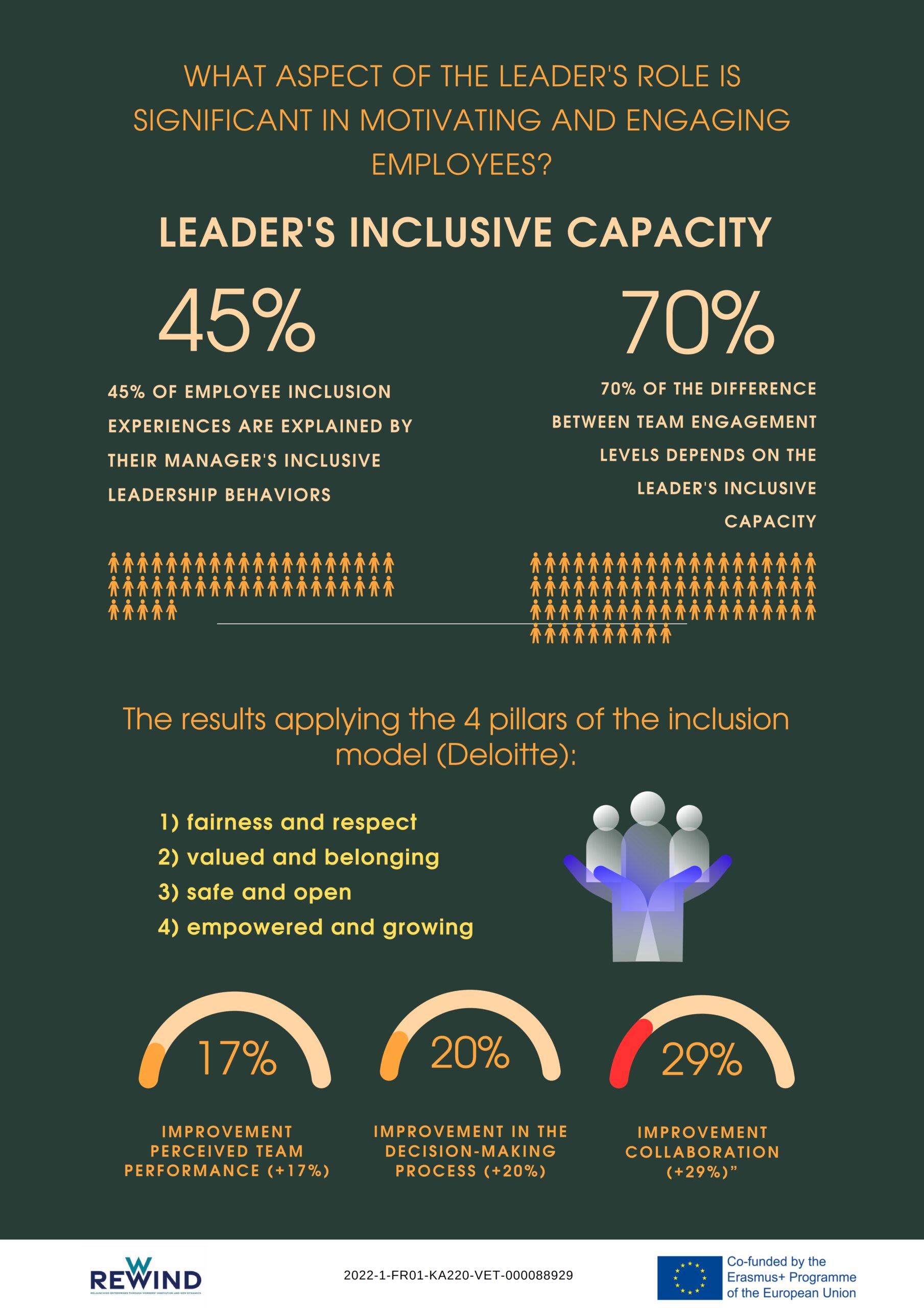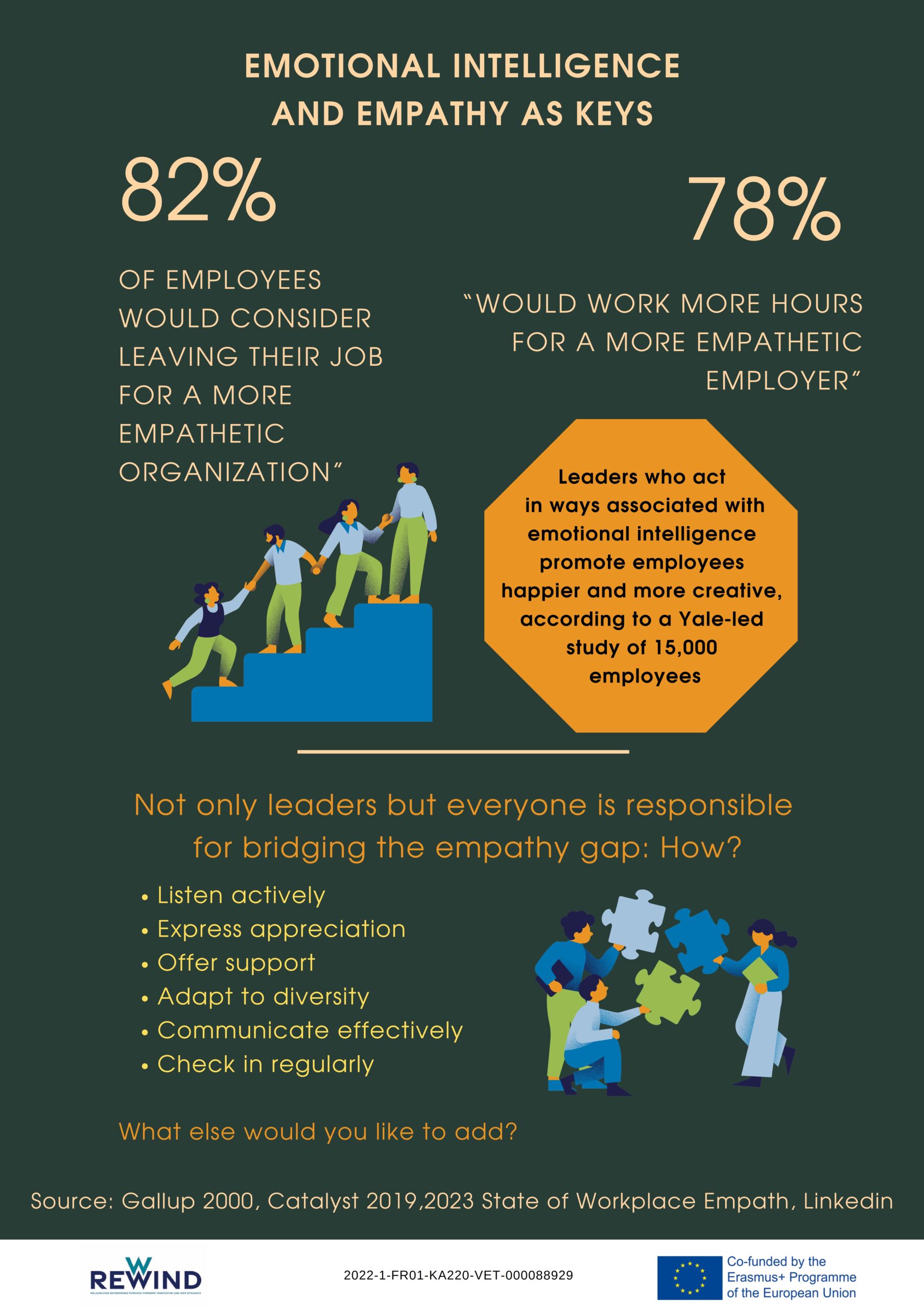How to apply soft skills in virtual collaboration?
External Resources
Why collaboration is important to the workplace and how to make use of collaborative spaces
Hybrid work has been confirmed by numerous studies to be the best form for the worker’s motivation and commitment towards the company.
Even if they’re not physically under the same roof, it’s critical for hybrid teams to maintain a sense of togetherness, continuing to communicate and thrive as a unit. The company can launch many initiatives such as: Training employees to enhance the communication styles preferred by colleagues. Prioritize clear employee expectations and responsibilities. Celebrate inclusion and diversity among workers.
For this reason, the company can also modify the corporate space by transforming it, to be used differently from the past, and create environments aimed at socialization, creativity and the promotion of corporate values, to support culture and belonging. See some examples in the video.
Top 10 Tips for Creating Company Culture in a Virtual World
If company spaces are renovated to encourage inclusion and flexibility, to keep the worker engaged and involved, it is also important to build a solid remote culture. As? By structuring a different work organization, creating a positive climate, building strong social and learning environments, focusing on teams, refining the cultural core.
The microculture of the team is also important and all employees participate in it directly and pragmatically as a creative task. They do this at the beginning of each project by charting the course for their group and carefully planning how to hold team meetings. Other actions include sharing the workload, making decisions, giving each other feedback, blending virtual and in-person interactions, and respecting individual styles and preferences – in other words, building the team’s work culture.
The leader of the group has an important role in all this and in the video some suggestions for the role.
The Art of Active Listening | The Harvard Business Review Guide
In collaboration mediated by digital means, new forms of miscommunication or misunderstanding can be experienced. We need to equip ourselves with a new etiquette in relationships.
For example, when communicating digitally, don’t assume that others will understand your directions and writing. Spend time communicating with the intention of being extremely clear. Don’t bombard your team with messages – it’s ineffective and annoying. Consider creating team acronyms for digital communications (e.g. “No Need to Respond (NNTR), which bring predictability and certainty to virtual conversations. And remember to create spaces to celebrate and socialize with remote teams, which can strengthen relationships and lay the foundations for future collaboration.
Communication and active listening become skills even more to be favored and finalized in remote collaboration with these suggestions in the video: 1: remove distractions and try not to interrupt and, if you do, wait for natural pauses and ask open questions (especially on the phone ). 2: Try not to interrupt, ask open-ended questions during the break. 3 summarize what you just heard. 4: Try to stay present and ask for clarification (focus on the present moment, asking the other person if you are missing details). 5: Don’t be afraid of silence, both of you can use those moments to think about having a more thoughtful conversation.

52 Tips To Improve Your Virtual Communication Skills
The link gives up to 46 weekly tips on how to improve communication skills in virtual environments.

Creative Collaboration Techniques for Vistual Teams
Although most remote workers prefer to work from home and thus create a better work-life balance, truly connecting with colleagues can be a challenge due to the dearth of formal and informal relationships.
The three main ingredients of group collaboration: trust, connection and common purpose, can weaken with distance and the team spirit, often the driving force of the company, disappears. Distance can also disengage and demotivate the worker from the company culture, making them stressed and also less productive. Disconnection to organizational culture is therefore a risk. What promotes commitment in teams?
Collaboration in virtual teams is like an intricate dance that requires the delicate balance between technology, communication, innovation, diversity and trust. Even remotely, it’s crucial to maintain a sense of togetherness, so that hybrid teams continue to communicate and thrive as a unit. There are some suggestions in the article.

The Qualities Of A Good Leader In A Virtual Environment
The strategies to support cohesion and active participation in virtual collaboration can be different and simultaneous and implemented by both the worker, the manager and the company. In particular, the manager will have to guarantee the structure, the planning, he will have to come into greater contact with the group members, express trust and guarantee an adequate safety space so that everyone can collaborate on the project. Empathy is an important transversal skill, the challenge is to use it effectively. Managers are responsible for 70% of the difference between team engagement levels (Deloitte).
In a survey of more than 4,000 employees, Harvard Business Review found that inclusive leaders exhibit the following characteristics:
- The willingness to share personal weaknesses.
- A commitment to learning about cultural differences.
- A focus on recognizing team members as individuals.
Inclusive leadership is not about one-off grand gestures, but regular, small-scale comments and actions; inclusive leadership is tangible and practiced every day and these traits are not just reserved for the leader but concern all workers.
According to Deloitte and MIT research, the manager (2018) must be able to:
- Think differently, with a mindset that enables agility, creativity and the ability to lead networks of teams operating in complex and uncertain environments. Think divergently and leverage diversity of thought.
- Act differently. Instead of knowing solutions and bringing expertise, leaders will need to innovate, collaborate, and use teams to solve challenges.
- React differently, be able to tolerate ambiguity, show resilience, confidently lead change and encourage greater inclusion in teams.

The Key to Inclusive Leadership
Some of the traits that are highlighted in the article for the inclusive capacity of the leader can be activated by all team members to support the best cohesion and sharing of remote group work. Note that the ability to empathize, which means deeply understanding others and making them feel listened to, is a socio-emotional skill that is highly correlated with the success of a team.

What Is Active Listening and How Can You Improve This Key Skill?
In the link you will be able to learn active listening techniques that will help you become a better communicator. You will find 7 active listening techniques that you can immediately test yourself with.
Infographics
Key aspects of inclusive capacity


Test Yourself
What are the main ingredients of group collaboration?
Indicate if these statements are true or false
